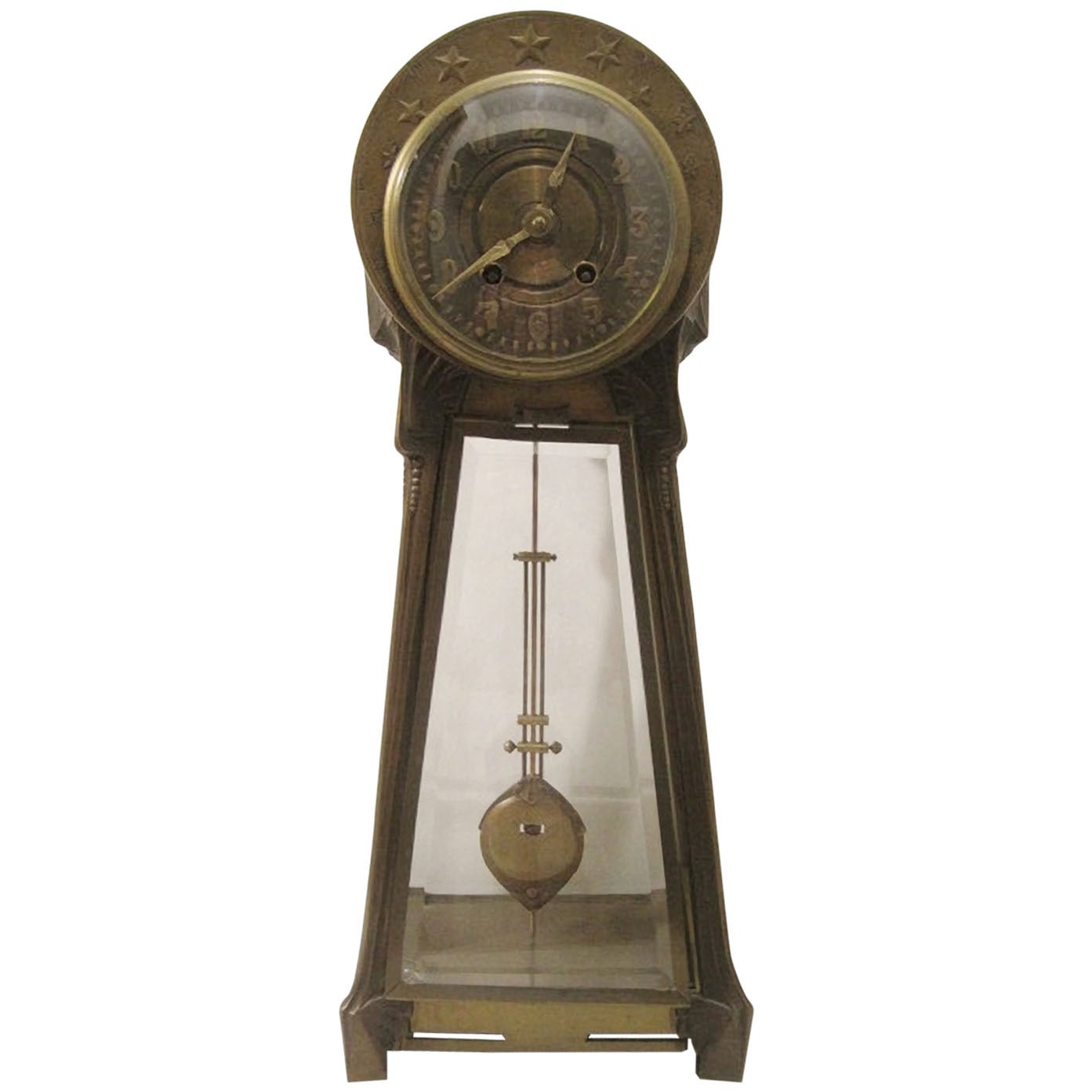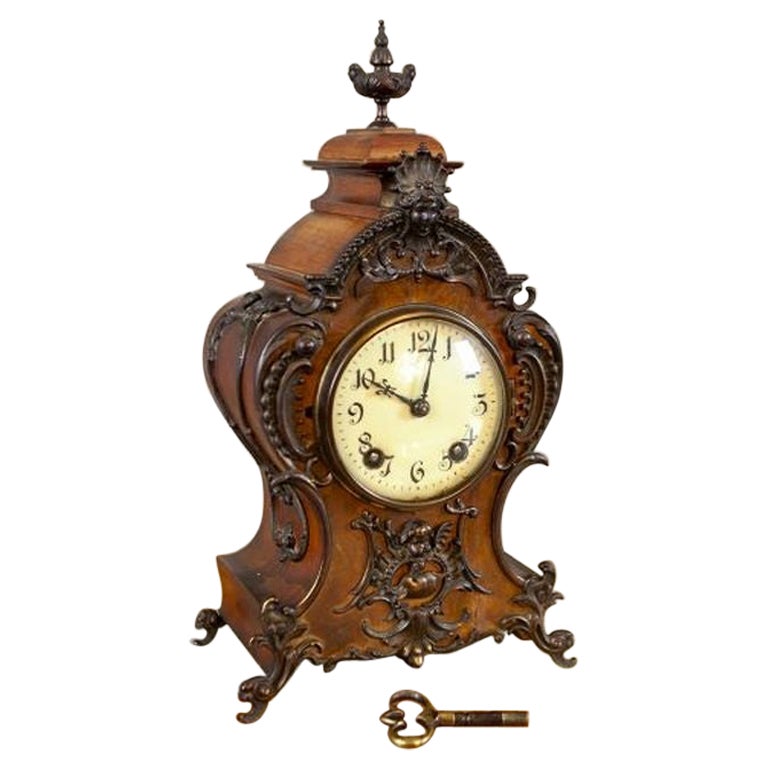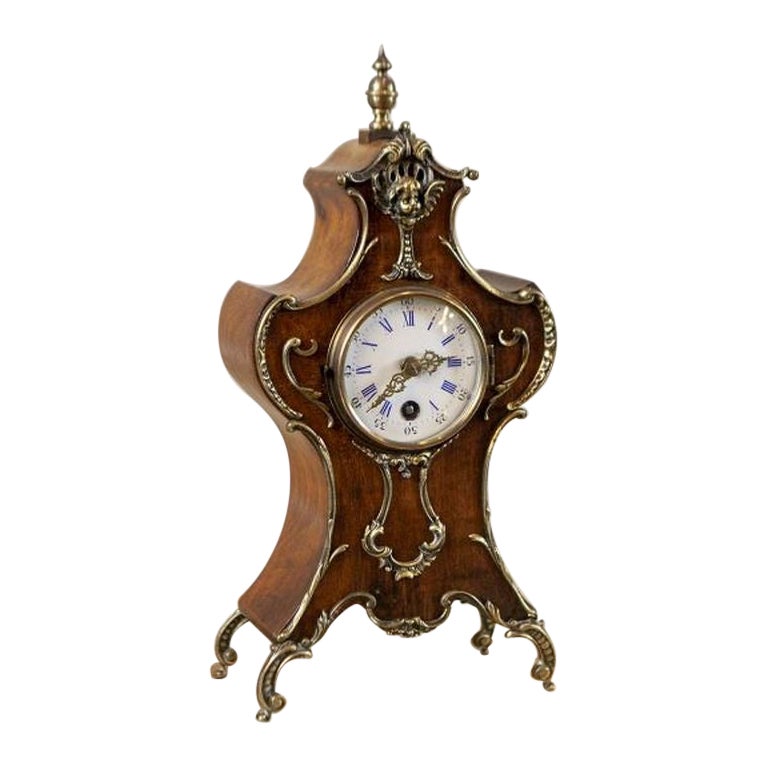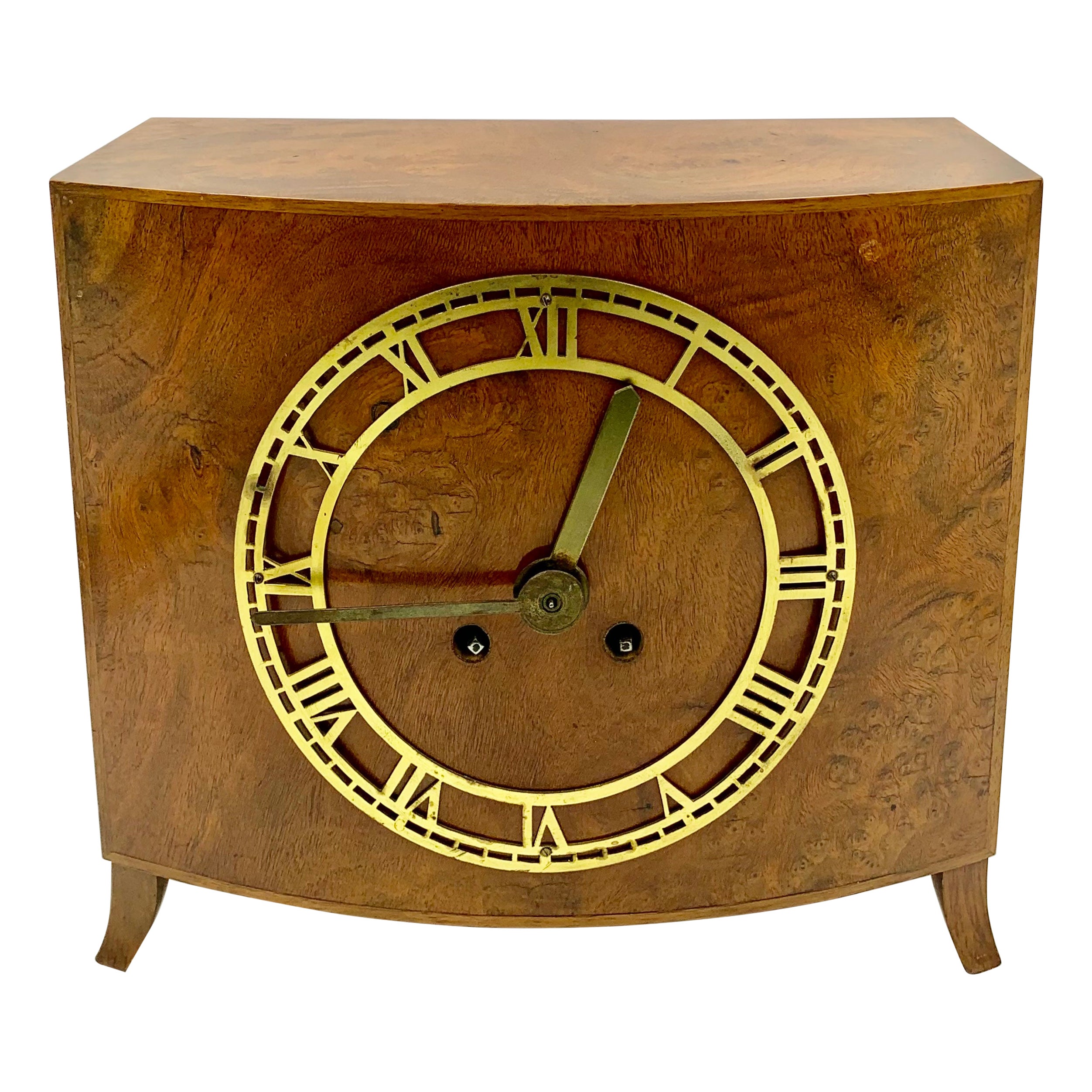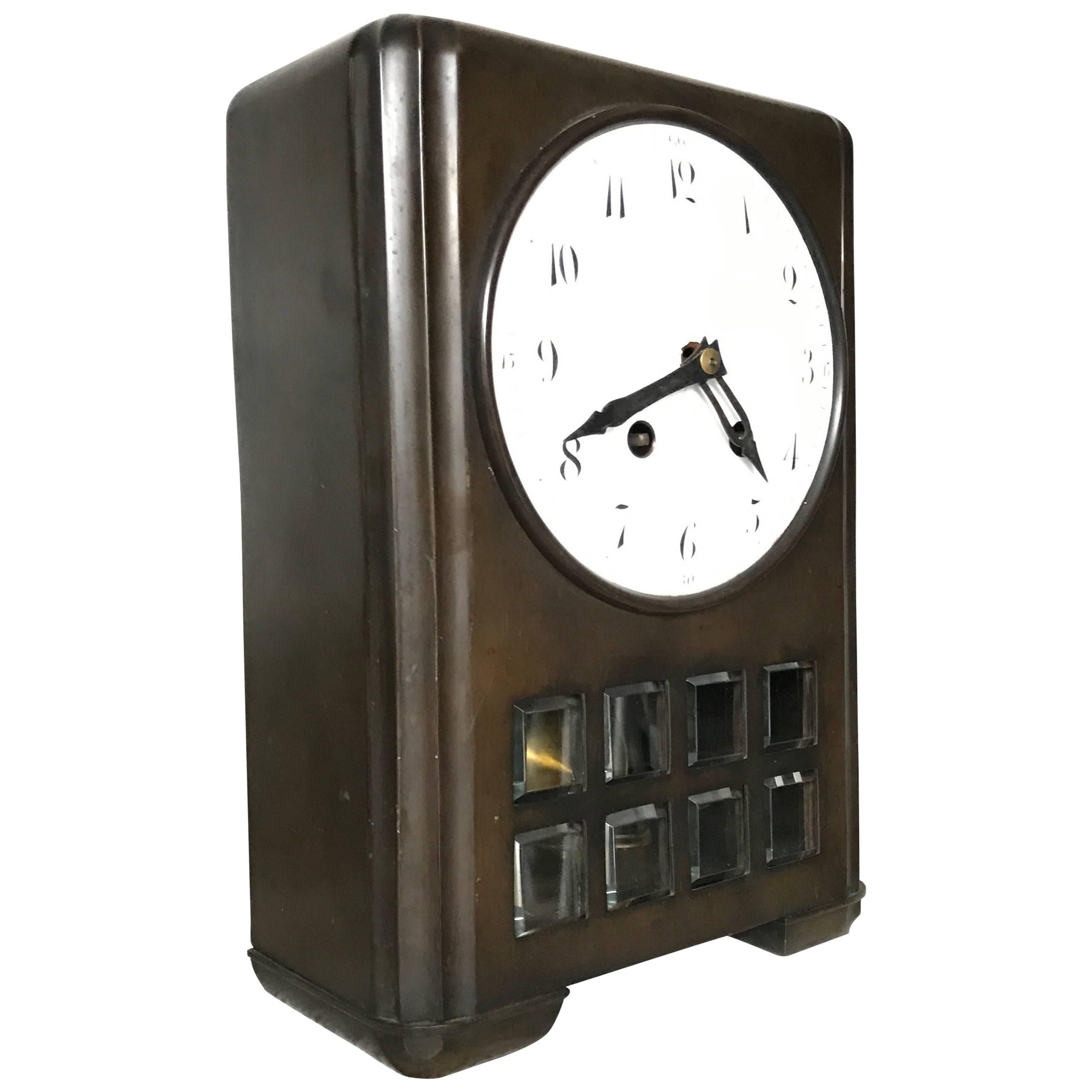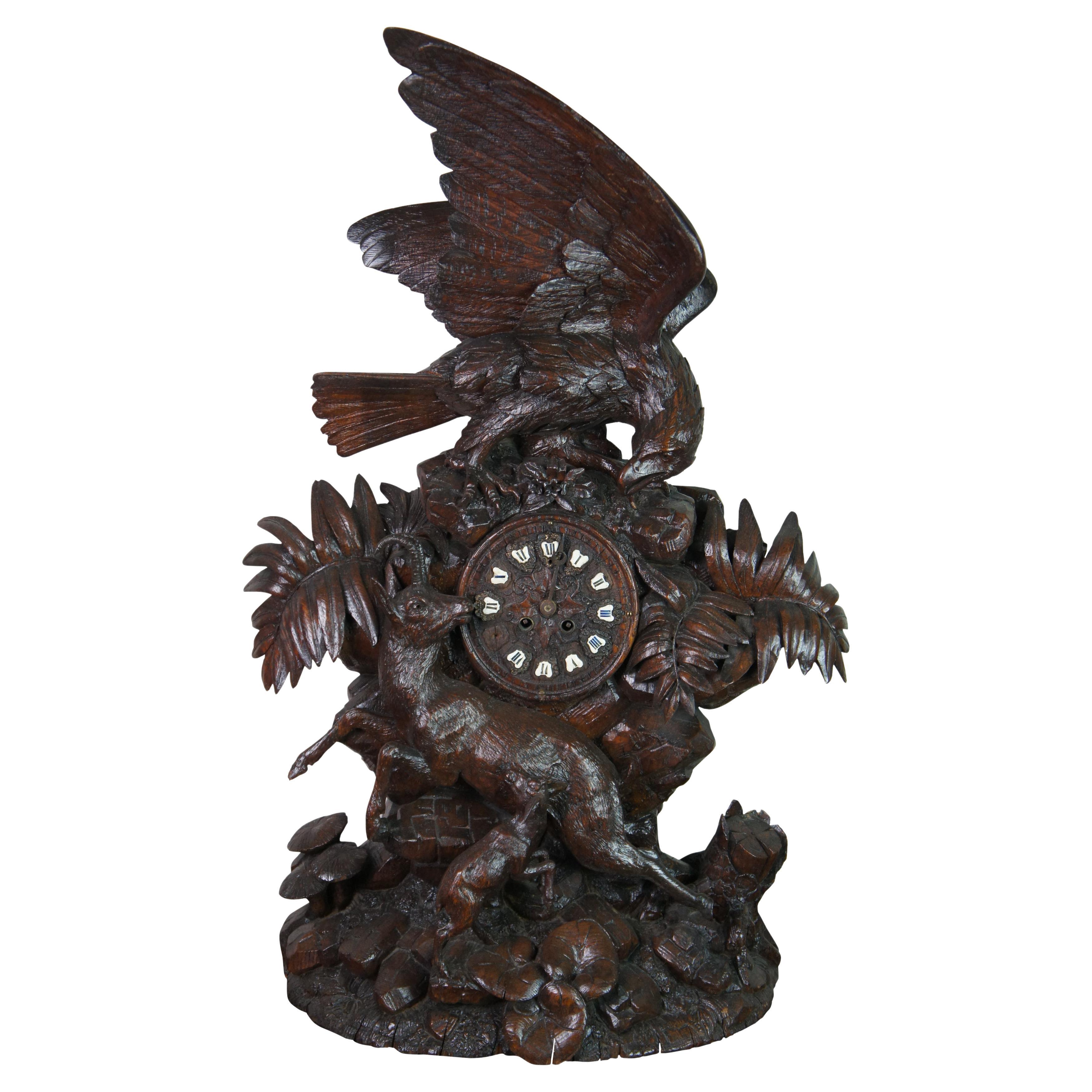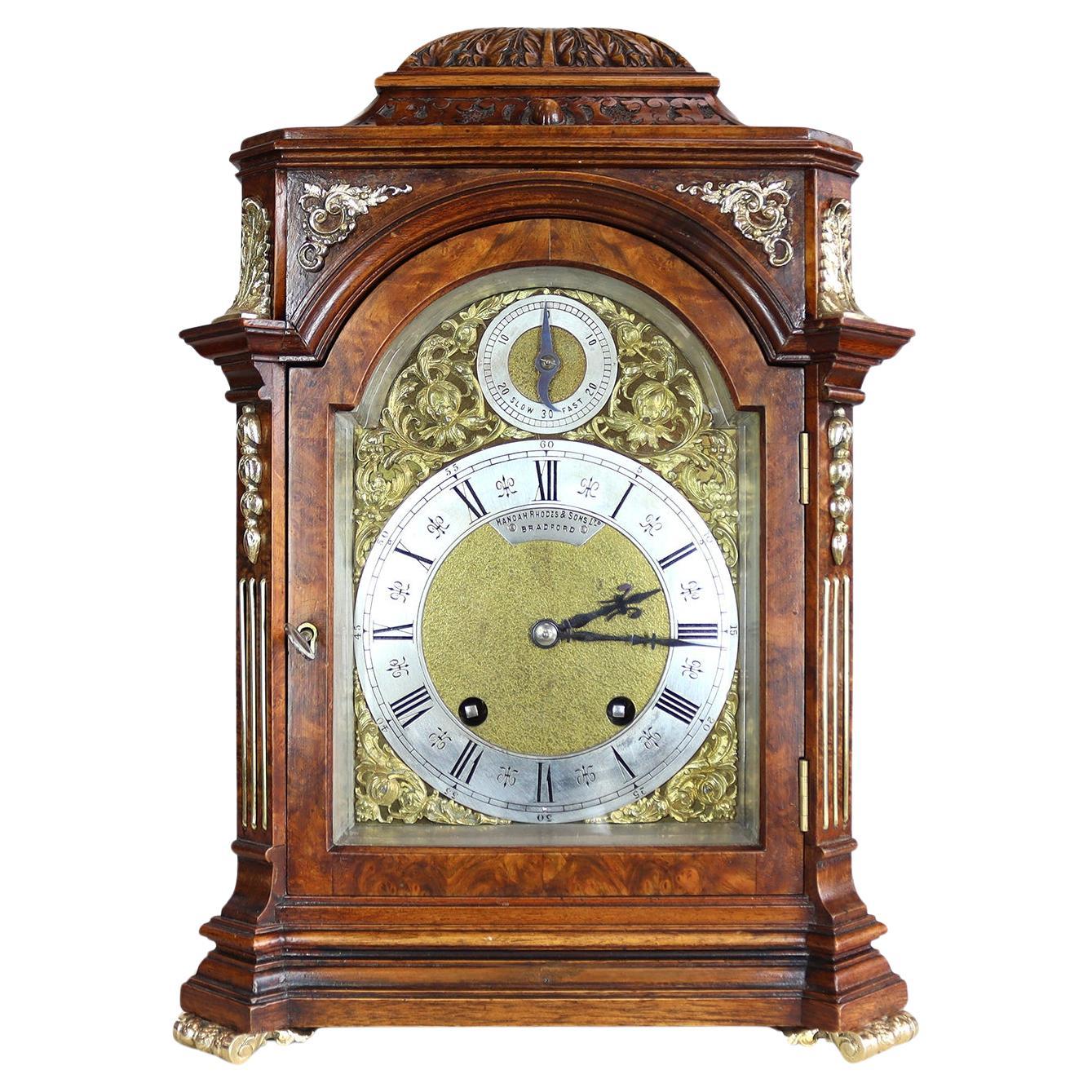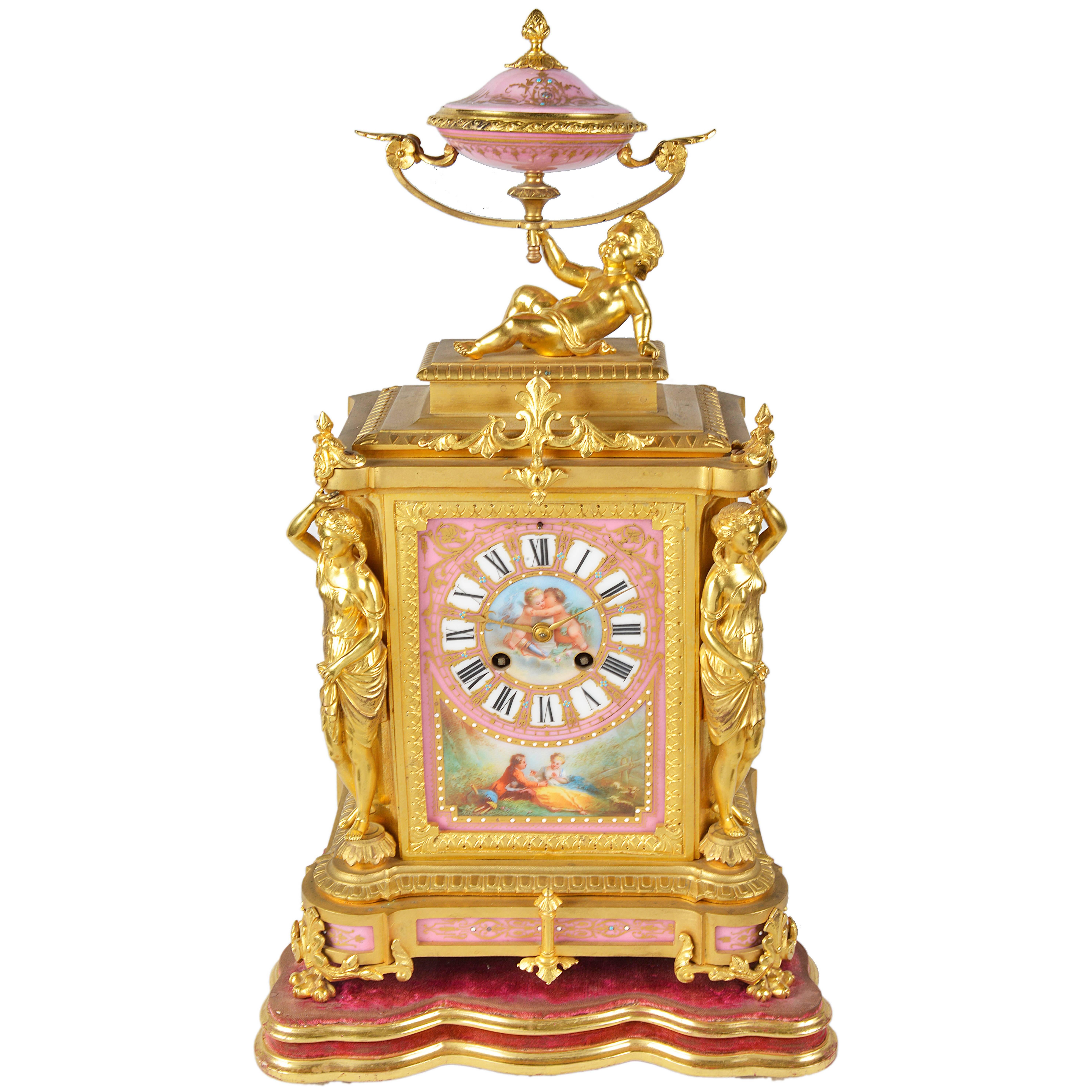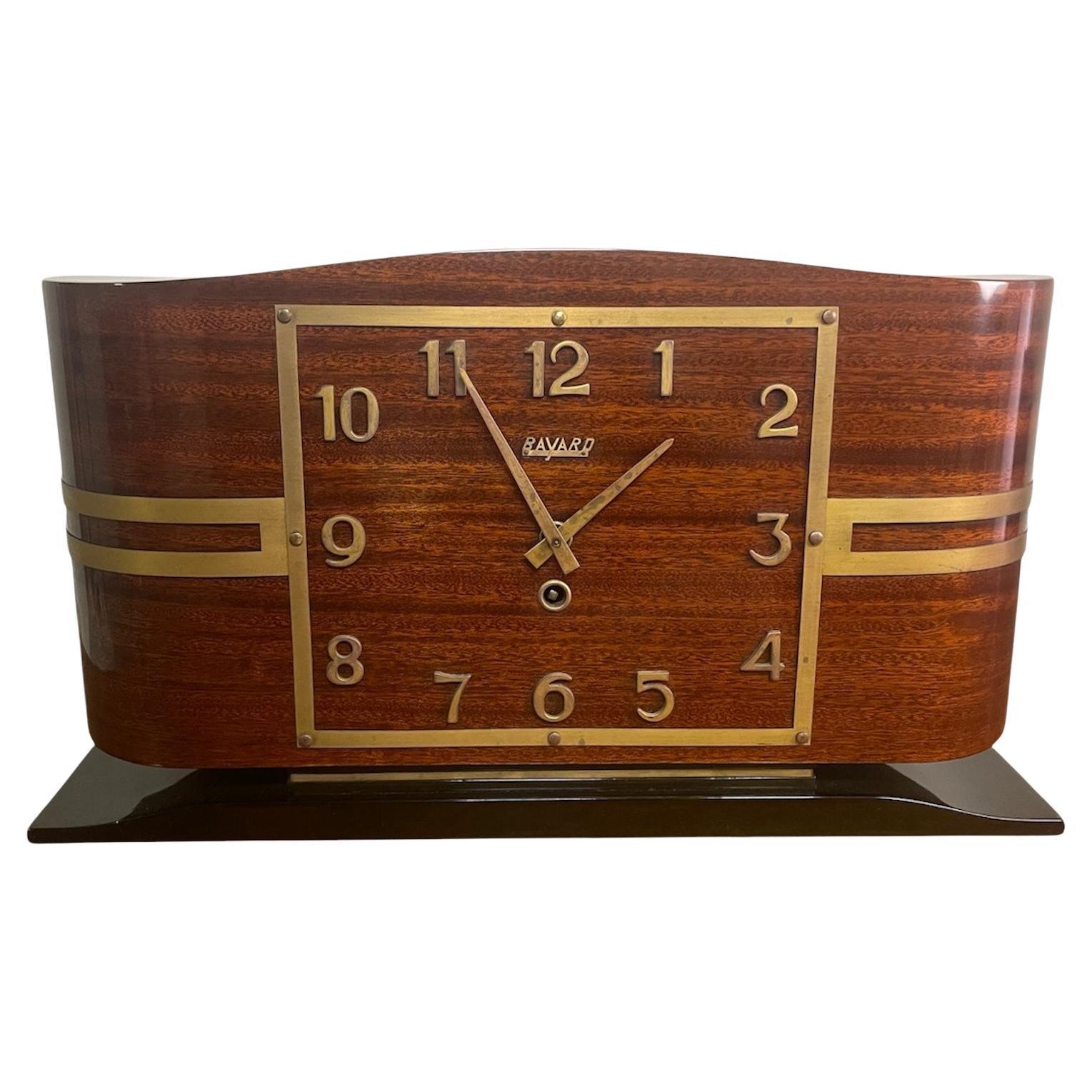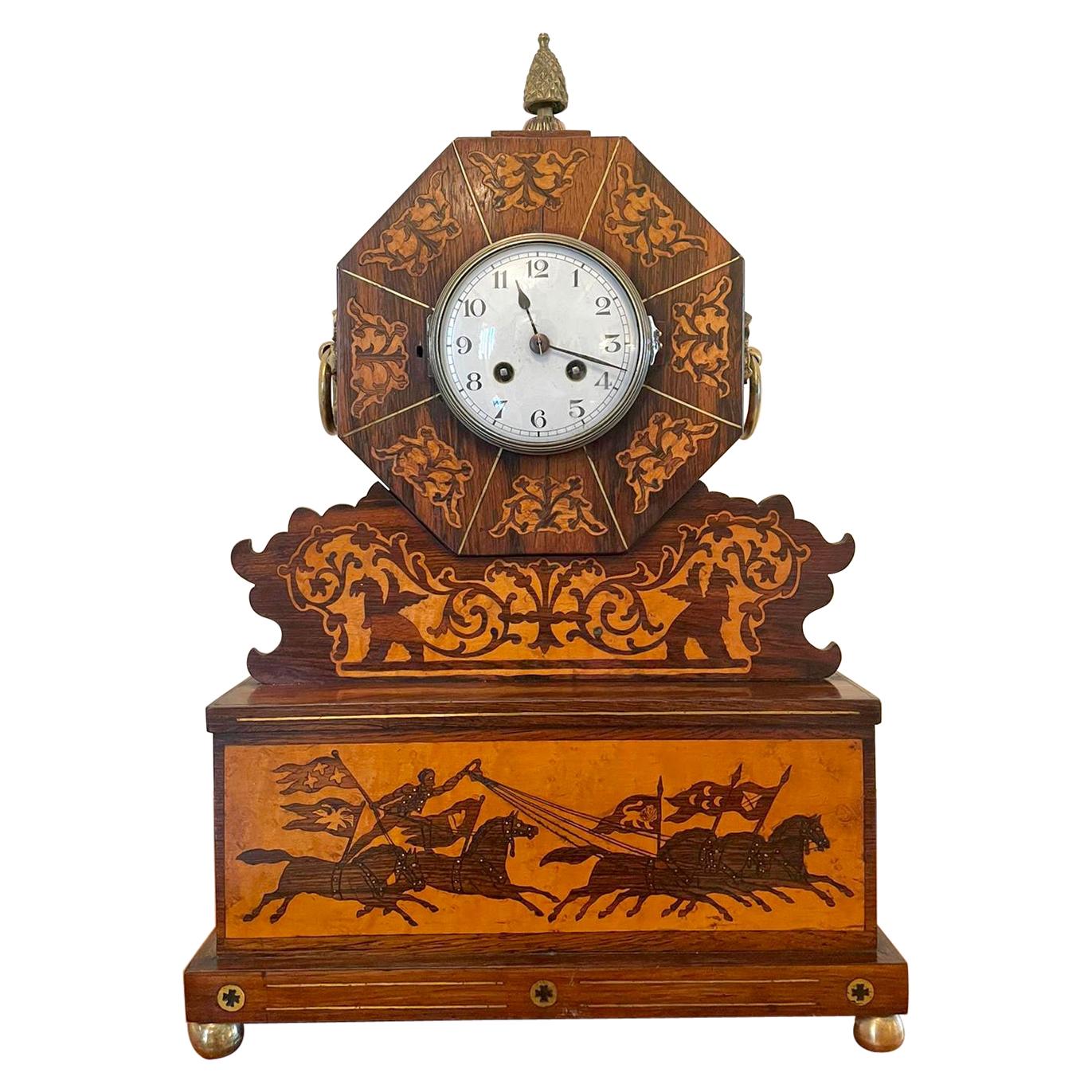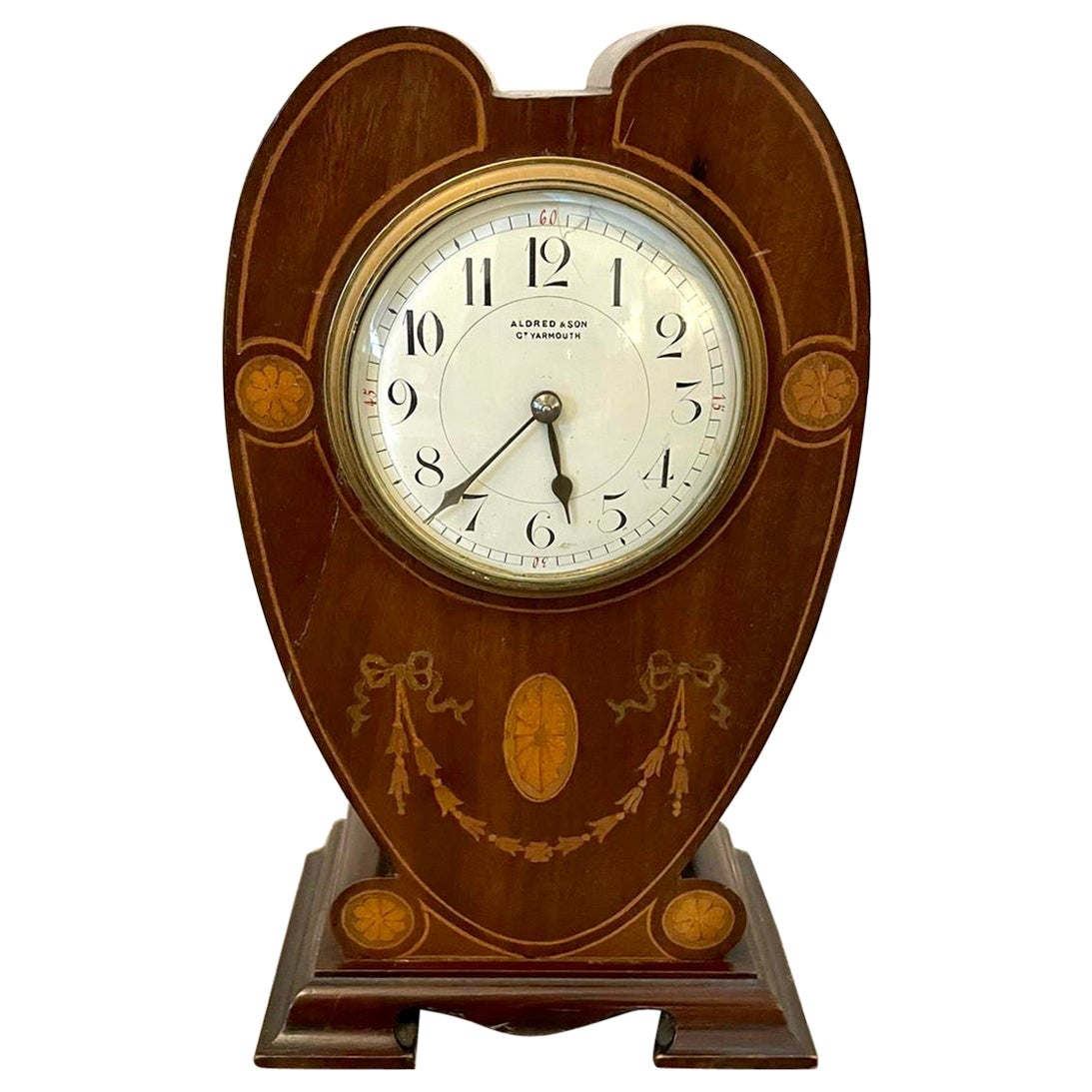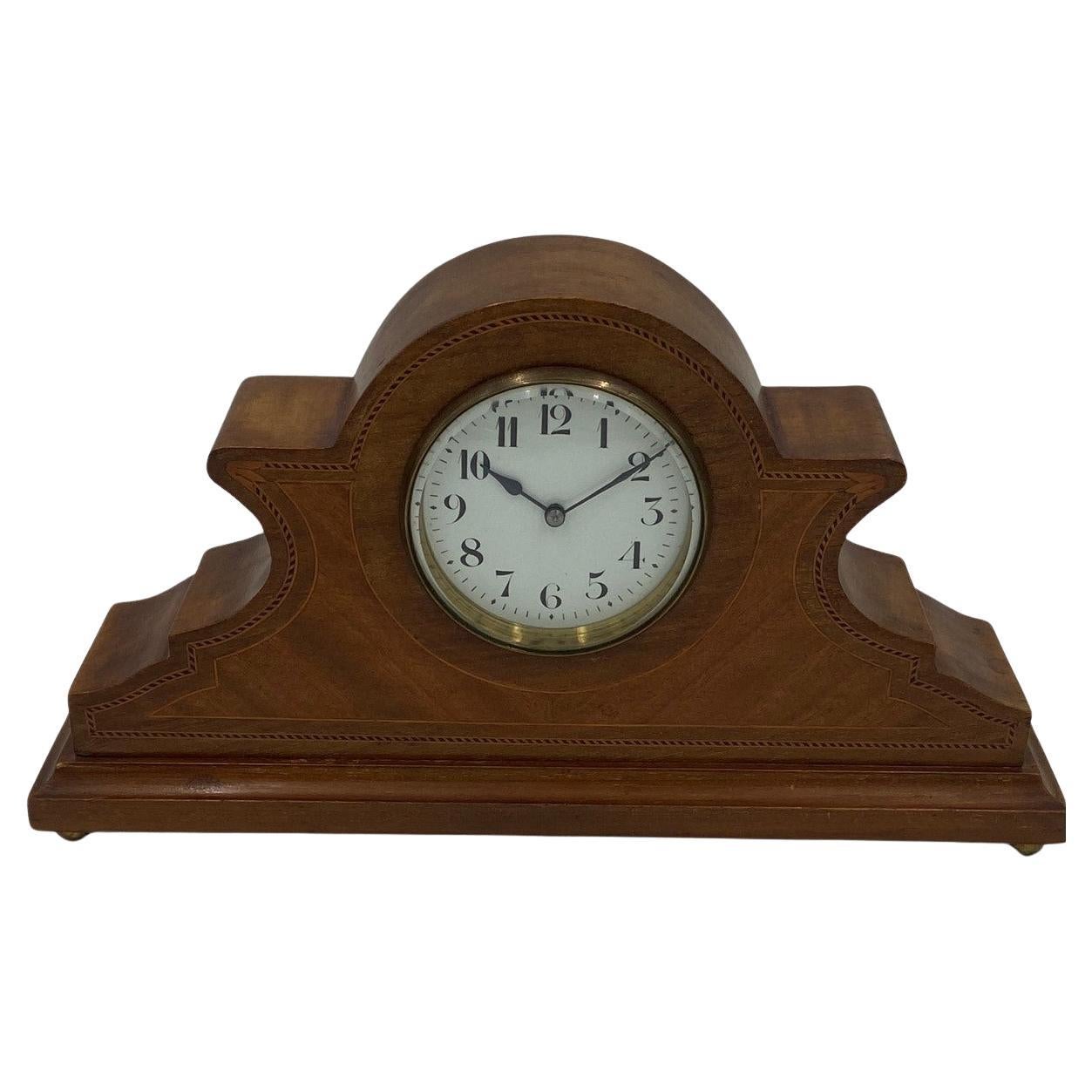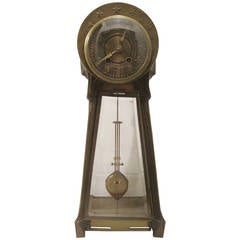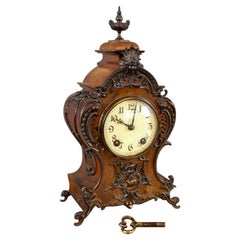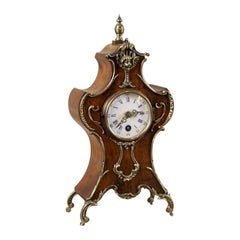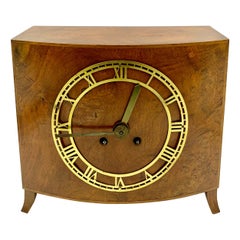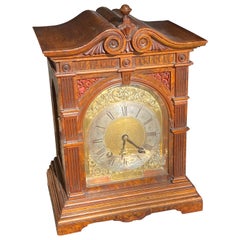
Antique German Lenzkirch Mantel Clock
View Similar Items
1 of 7
Antique German Lenzkirch Mantel Clock
$1,987List Price
About the Item
- Dimensions:Height: 14 in (35.56 cm)Width: 9.5 in (24.13 cm)Depth: 7.5 in (19.05 cm)
- Style:Early Victorian (Of the Period)
- Materials and Techniques:
- Place of Origin:
- Period:
- Date of Manufacture:1894
- Condition:Wear consistent with age and use.
- Seller Location:Sarasota, FL
- Reference Number:Seller: 52631stDibs: LU3322331222562
Authenticity Guarantee
In the unlikely event there’s an issue with an item’s authenticity, contact us within 1 year for a full refund. DetailsMoney-Back Guarantee
If your item is not as described, is damaged in transit, or does not arrive, contact us within 7 days for a full refund. Details24-Hour Cancellation
You have a 24-hour grace period in which to reconsider your purchase, with no questions asked.Vetted Professional Sellers
Our world-class sellers must adhere to strict standards for service and quality, maintaining the integrity of our listings.Price-Match Guarantee
If you find that a seller listed the same item for a lower price elsewhere, we’ll match it.Trusted Global Delivery
Our best-in-class carrier network provides specialized shipping options worldwide, including custom delivery.You May Also Like
Lenzkirch Mantel Clock, Art Nouveau Jugendstil
Located in Hamilton, Ontario
Lenzkirch Art Nouveau Jugendstil mantle clock
This German clock features stylized accents heavily influenced by the Art Nouveau and Jugendstil era. I...
Category
Early 20th Century German Art Nouveau Mantel Clocks
$4,795 Sale Price
20% Off
Lenzkirch Mantel Clock Circa 1895-1900 in Walnut Case
By Lenzkirch
Located in Opole, PL
Lenzkirch Mantel Clock Circa 1895-1900 in Walnut Case
A Lenzkirch mantel clock, dated circa 1895–1900 (based on the serial number visible on th...
Category
Antique Late 19th Century German Mantel Clocks
Materials
Brass
Lenzkirch Mantel Clock in Walnut Case, Early 20th Century
By Lenzkirch
Located in Opole, PL
Lenzkirch Mantel Clock from the Early 20th Century in Walnut Case
Lenzkirch Mantel Clock, dated around 1903-1905. The piece features a wooden c...
Category
Early 20th Century German Rococo Revival Mantel Clocks
Materials
Walnut
German Art Deco Burl Walnut Lenzkirch AUG 2 Million Clock, 1930's
By Lenzkirch
Located in New York, NY
German Art Deco Lenzkirch A U G 2 Million burl walnut clock, 1930's
Stylish Deco blonde burl walnut clock with large round Roman numeral clock fac...
Category
Early 20th Century German Art Deco Mantel Clocks
Materials
Brass
Rare Art Deco / Bauhaus Bronze Table or Mantel Clock by Lenzkirch / C.Kühling
By Lenzkirch
Located in Lisse, NL
Bronze table clock from the transitional period between Art Nouveau and Art Deco.
This rare bronze table clock is by Lenzkirch and it dates from the transitional period of the Jugen...
Category
Early 20th Century German Art Deco Mantel Clocks
Materials
Bronze, Enamel
Monumental Antique German Black Forest Eagle Chamois Mantel Hunt Clock
Located in Dayton, OH
Monumental 19th century antique German Black Forest mantel clock featuring carved high relief details with a winged bald eagle mounted atop...
Category
Antique Mid-19th Century Black Forest Mantel Clocks
Materials
Hardwood
$4,500 Sale Price
52% Off
Recently Viewed
View AllMore Ways To Browse
Antique Clocks Made In Germany
German Mantel Clock
Antique German Mantel Clocks
Antique Clock Wood Finials
Antique Lenzkirch Clock
Lenzkirch Mantel Clock
Gilt Bronze Plaque
Paris Bronze Mantel Clocks
Antique Hour Glass
Antique Hour Glasses
19th Century French Marble Mantel Clock
Clock And Candelabra
Black Mantel Clock
Blue Enamel Clock
Clock Finials
Antique Clock Columns
Pendulum Mantel Clock
Antique Clock Finials
